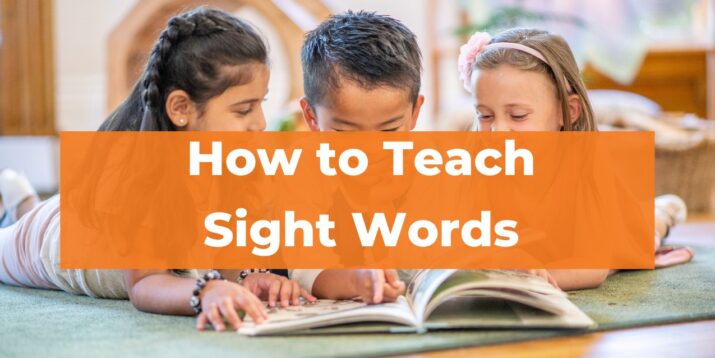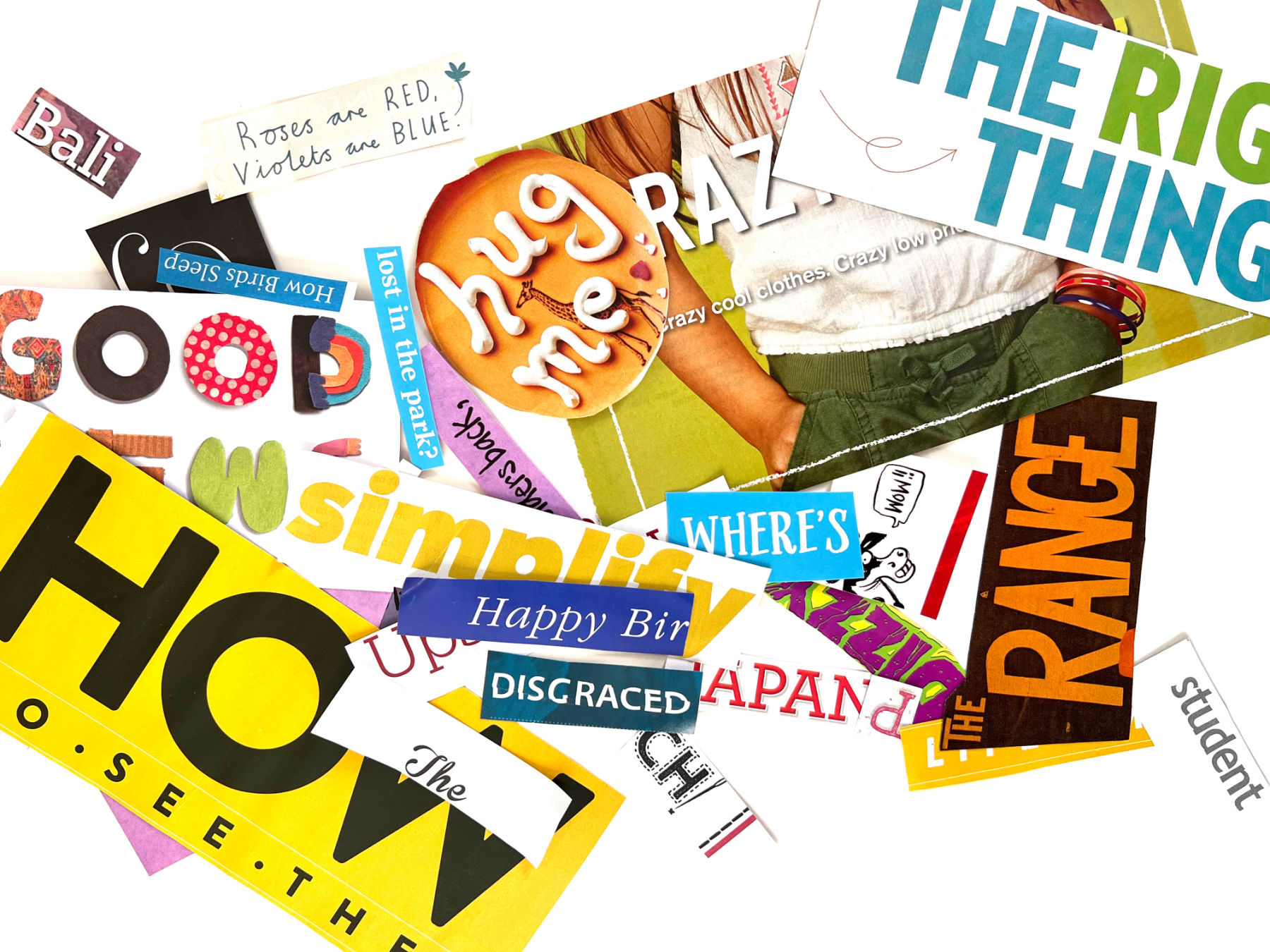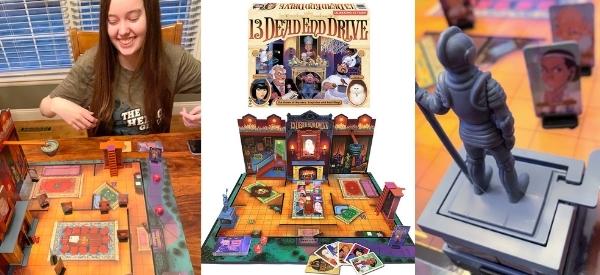How to Teach a Child to Read with ReadBright Phonics Program
This post may contain affiliate links.
Disclosure: I collaborated with ReadBright and received complementary materials to review. All opinions are my own.
If you’re a teacher, parent, or tutor who is teaching a child to learn to read, consider the extensive ReadBright leveled phonics program. Not only are the materials colorful and appealing but they’re aligned with the latest reading research (sometimes called The Science of Reading) which says that reading must include a phonetic-based and structured program.
Furthermore, the ReadBright system is teacher-developed! Expert educator Sarah Gross M.S. Ed. developed the ReadBright program to reflect her reading expertise and understanding of the research, applying a multisensory approach.
The program includes the five pillars of reading: phonemic awareness, phonics, fluency, vocabulary, and reading comprehension. The scope and sequence is systematic, cumulative, explicit, multimodal, and data-driven. (What’s not to love about that!?)
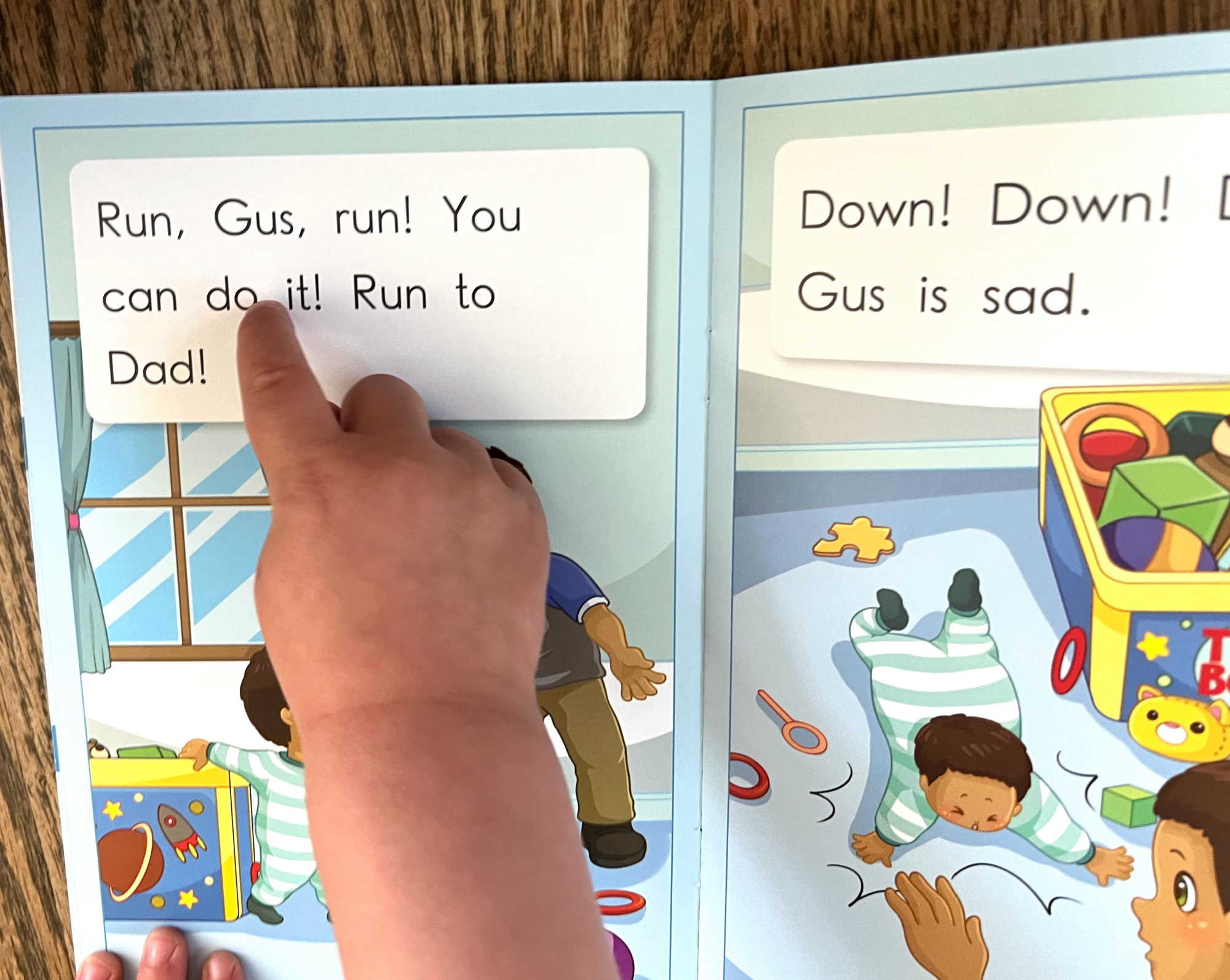
The ReadBright! program is designed for general and remedial classrooms, concentrated learning groups, and one-on-one settings. So whether you’re a homeschooler, a teacher, or a tutor, you can easily use the wealth of materials to teach your children how to read.
The program impresses me with how comprehensive it is, the wealth of materials, the exceptional quality of the materials, the kid appeal, and the research-based scope and sequence!
Will you be impressed, too? Look at how much you get with this incredible reading program!
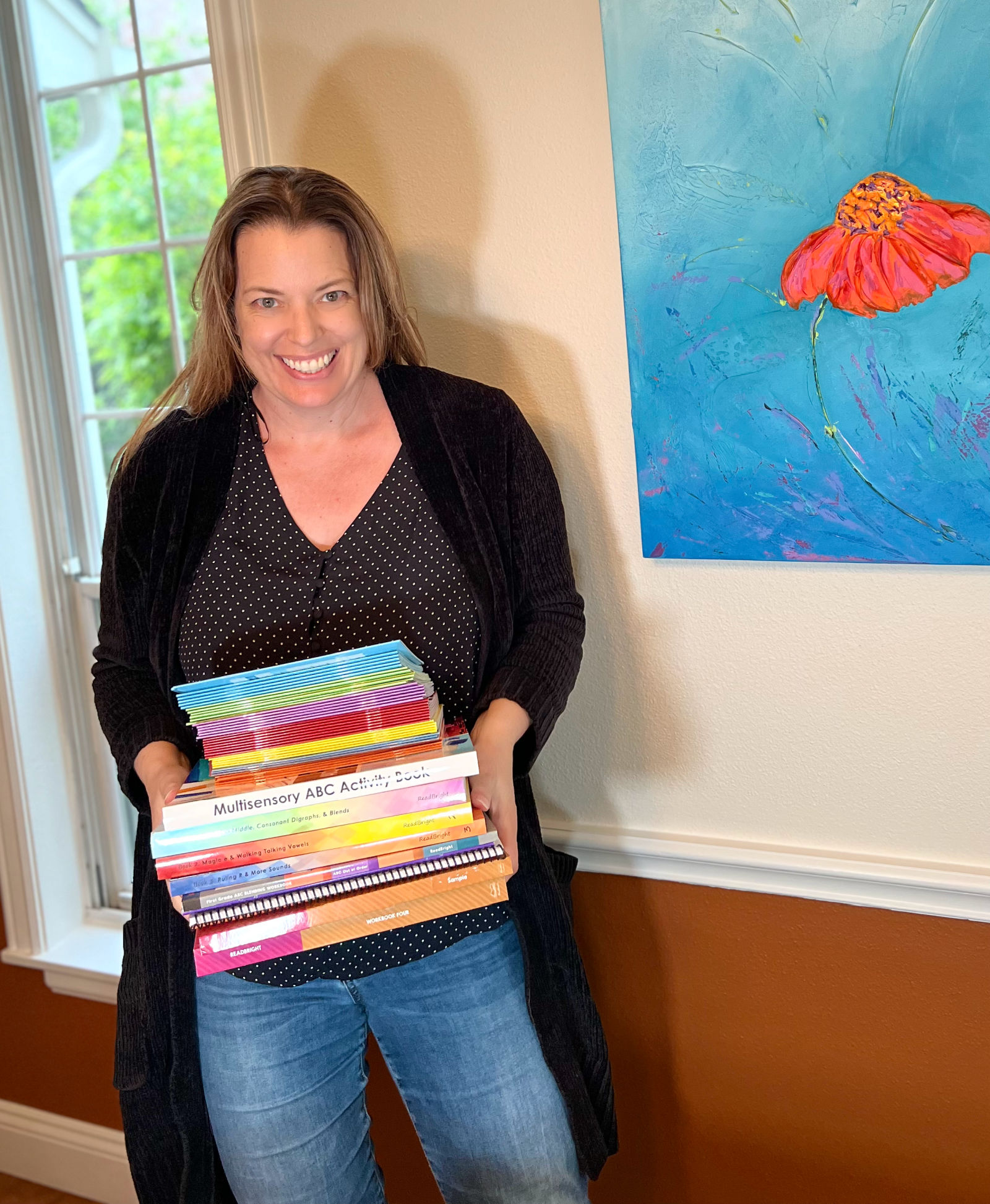
BIG PICTURE: ReadBright Scope and Sequence
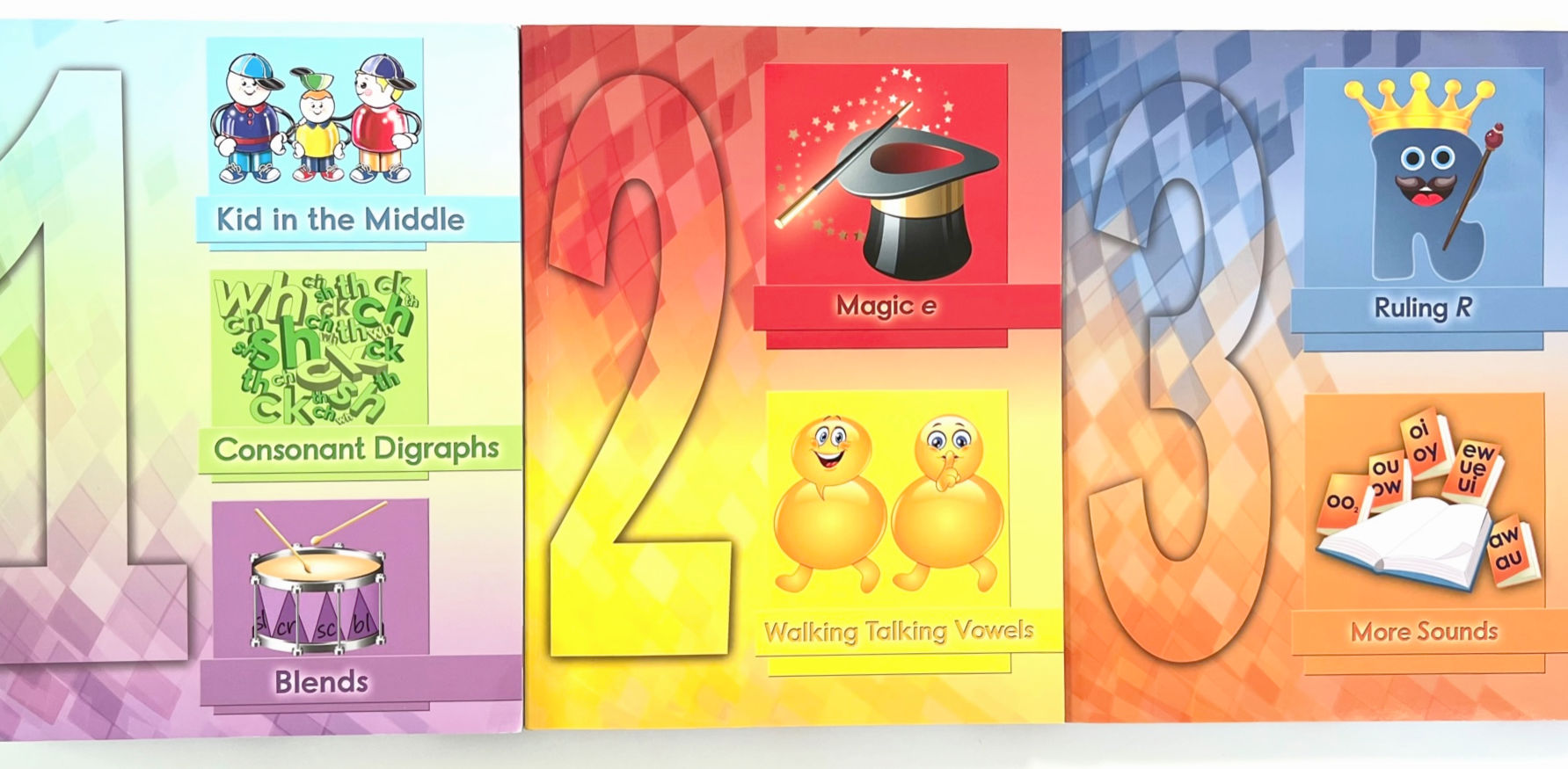
Workbook Book 1
Workbook 1 teaches the phonics skills of CVC words, consonant diagraphs (sh, ch), and blends (cl, be, sk, mp.) One teaching technique to help kids remember the CVC words is called “Kid in the Middle” which uses a drawing of kids with a short kid wearing upside-down hat. This upside-down hat reminds kids of the short vowel sound marking (ĕ).
Workbook Book 2
Workbook 2 focuses on the phonics skills of magic e (CVC-E) words and vowel teams (ee, ea, ey.)
Workbook Book 3
Workbook 3 teaches r controlled vowels (ar, or, it, ur er) and more sounds (ou, oy, just to name a few.)
Inside the Workbooks
Each workbook is broken into three sections: 1) phonics rules, 2) sight words, and 3) special rules.
1) The phonics rules teach readers how a word is sounded out according to its phonemes.
Within each section, like the phonics rules, you’ll find activities for kids to read, write, and apply the skill. More on that later.
2) Sight words are generally but not always words that can’t be sounded out and frequently appear (high-frequency words) in reading
The workbook will teach 3-4 sight words per phonics skill. Again, learners will READ sight words in isolation, with drills like find and highlight or draw. READ practice also includes reading sight words and phonics words, with sight words repeated 3-4 times in sentences, chants, and poems. Writing and activist pages also help readers practice new sight words.
3) Special rules are the exceptions to English spelling rules.
Each section, phonics rules, sight words, or special rules include the following workbook page: READ, WRITE, & ACTIVITY.
Within each workbook are the following sections…
* READ *
Reading words and sentences helps students practice the new phonics rules. Look at the bottom of the workbook pages, and you’ll notice the words “read” and “write.” Reading builds reader confidence. The reading pyramid shown below gives kids fluency and accuracy practice.

* WRITE *
Writing helps students notice the phonics rules within words and mark the words using real and nonsense words (nonsense words help make sure students are decoding and not memorizing.)
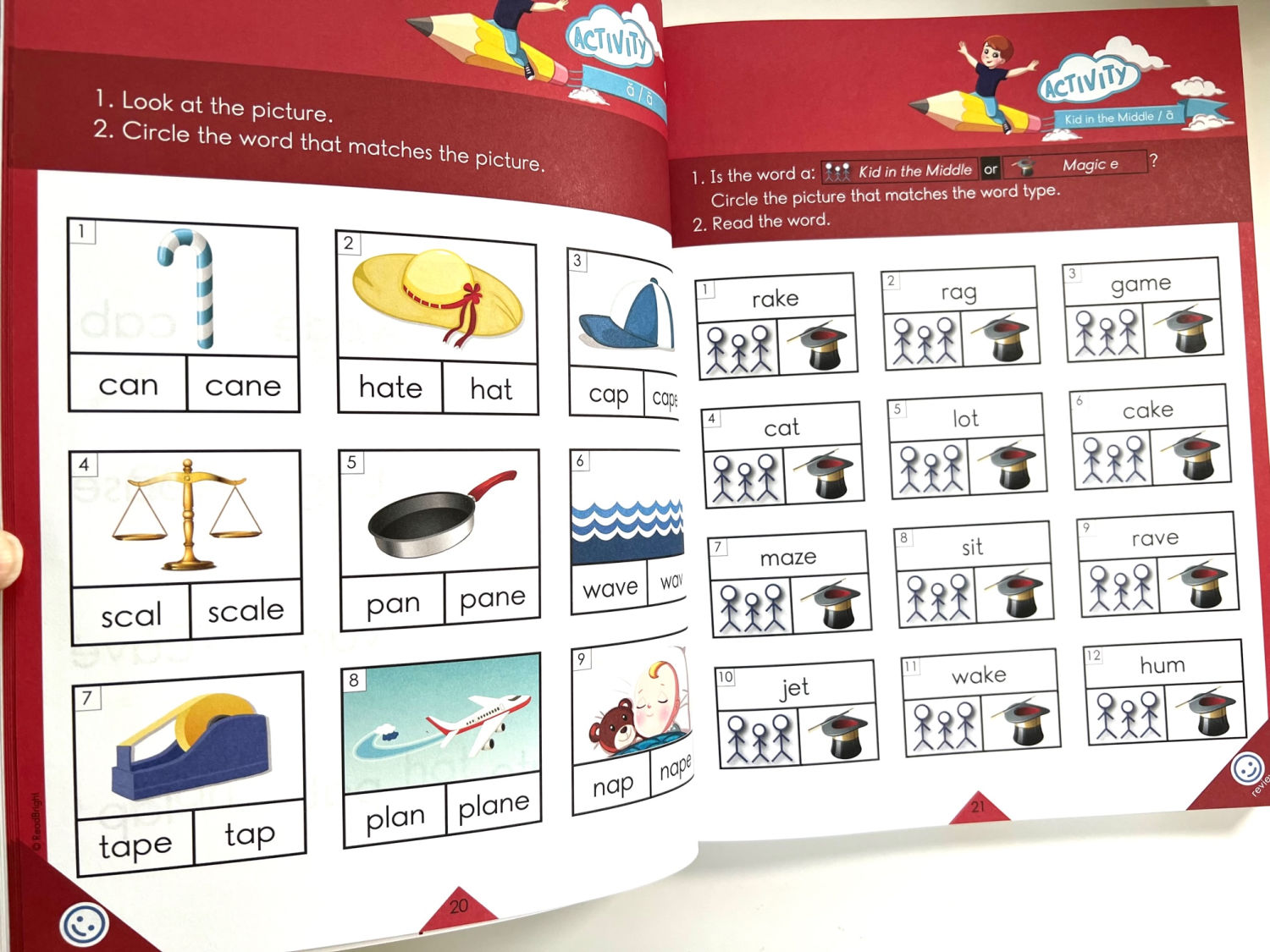
* ACTIVITIES *
The activity pages let readers practice and apply the phonics rules in more situations. In the photo above, you can see the smiley face on the bottom corners.
ReadBright Decodable Books
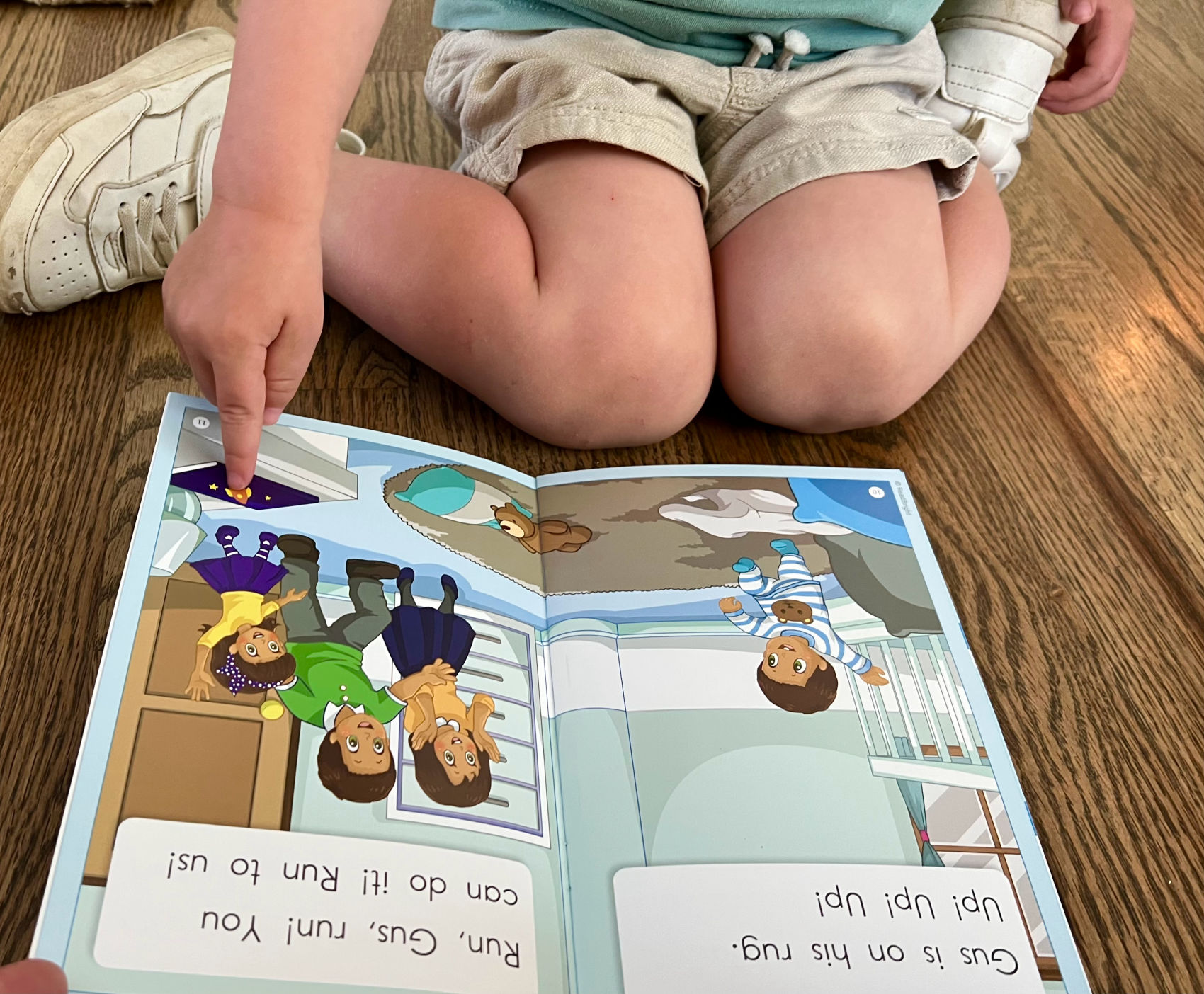
In addition to the workbooks, kids will love these leveled, full-color decodable readers that start at the beginning of the scope and sequence with CVC words and continue to more phonics rules.
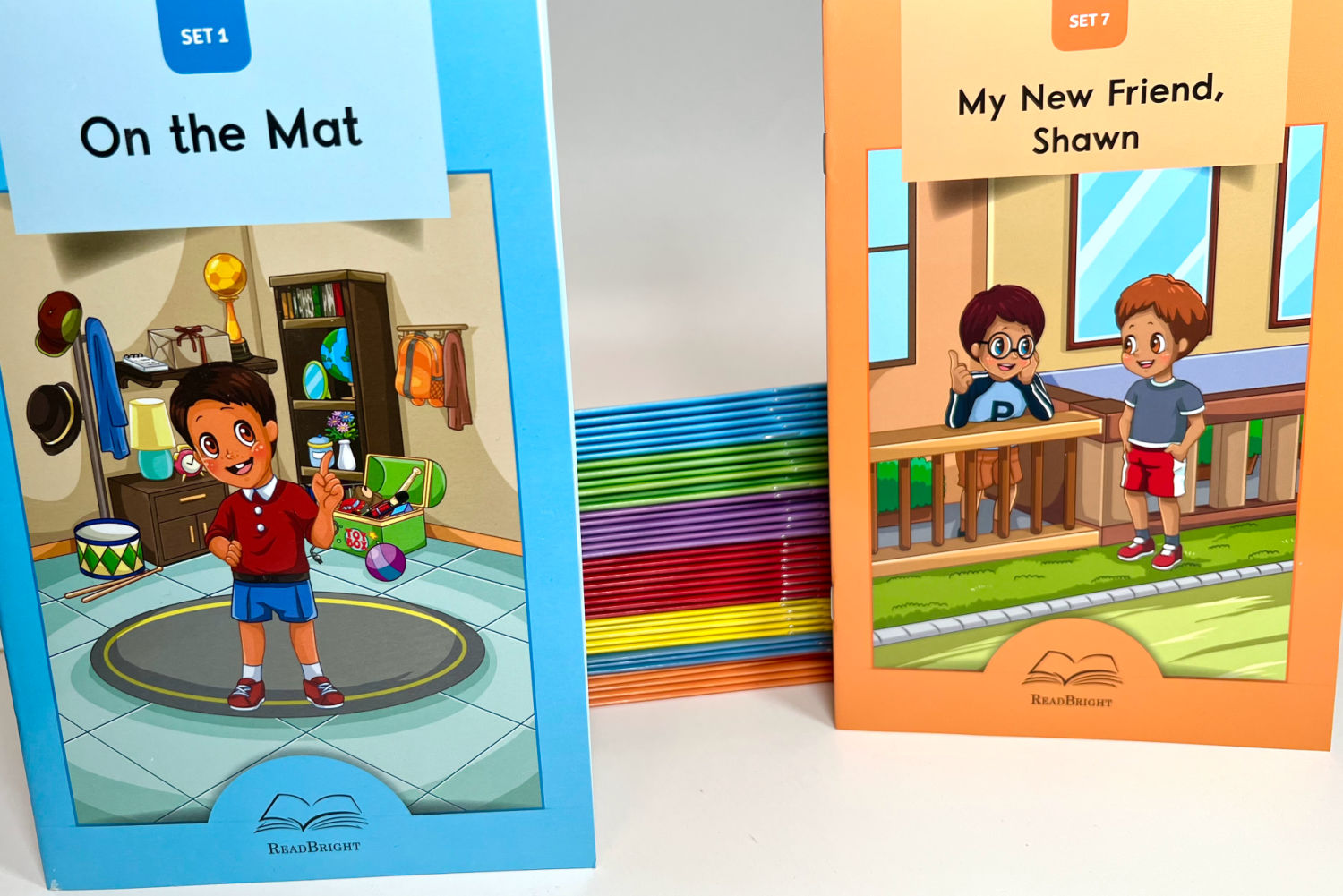
The phonics readers are color coded. The seven leveled groups are called sets, each with a specific color.
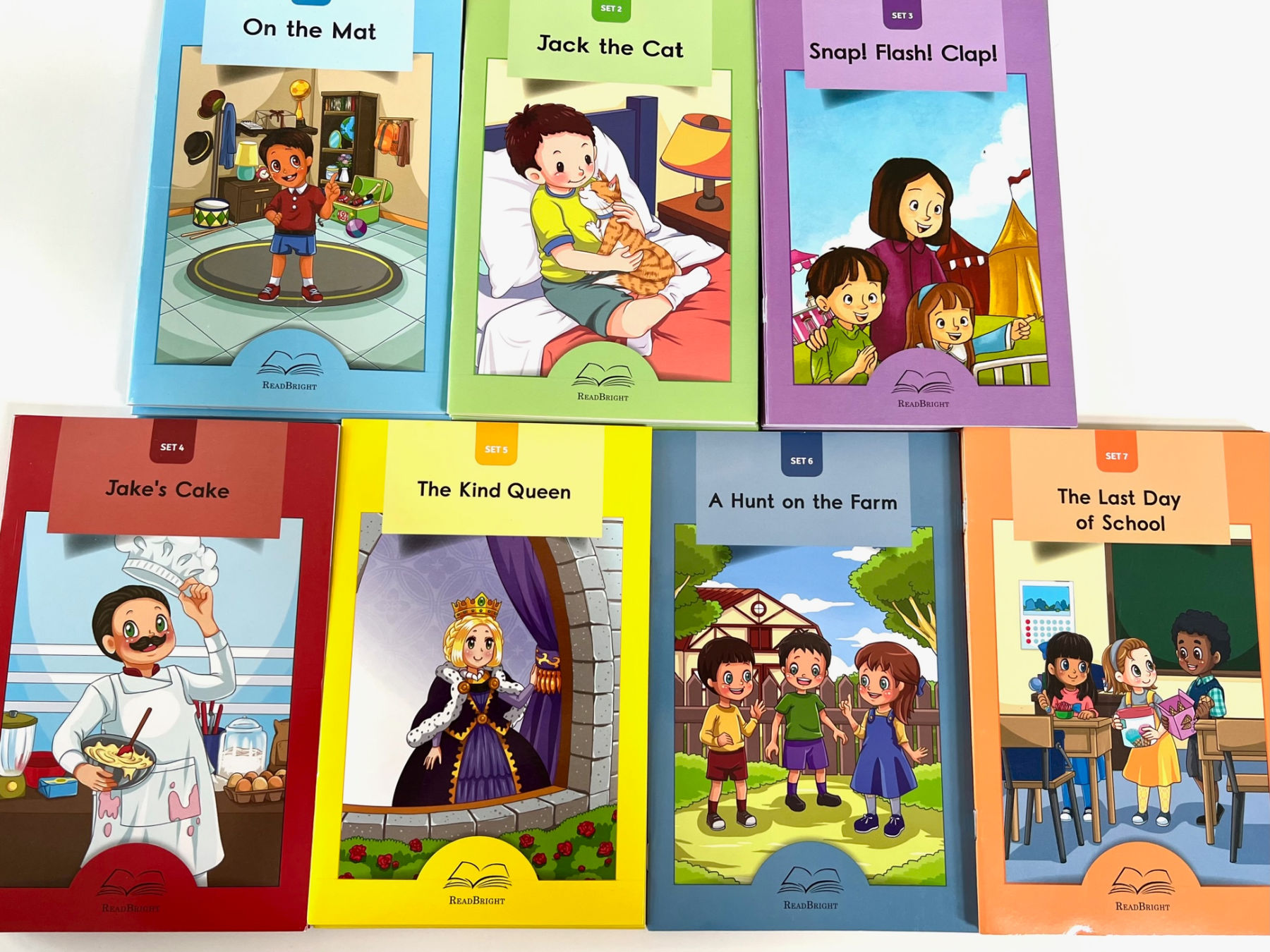
Within each set are individual story books focusing on a specific phonics skill and 3 to 4 sight words in 12 pages. I love how these books match the scope and sequence of the workbooks.
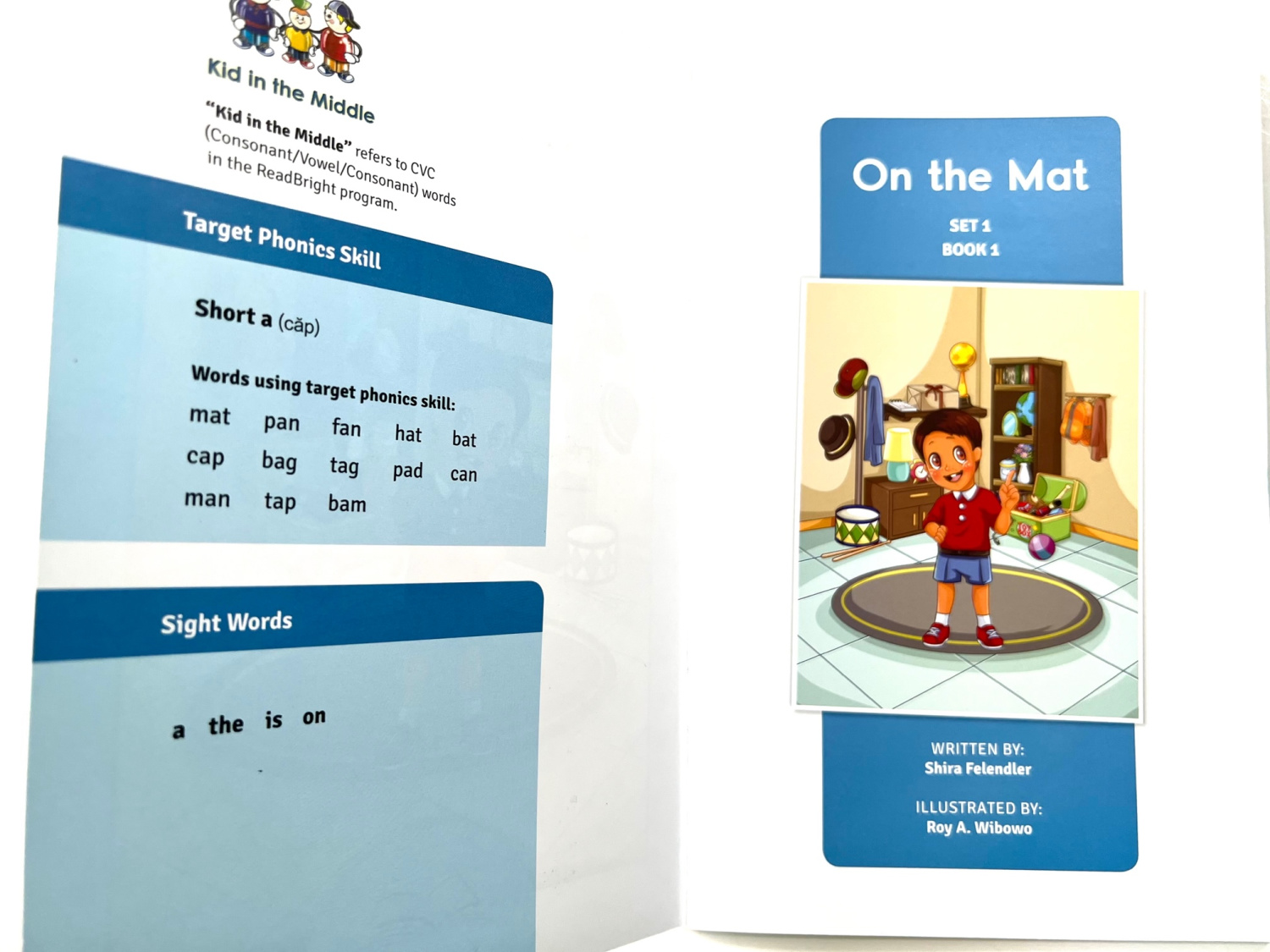
Each book lists the target phonics skills, the sight words introduced, and stories with full-color illustrations.
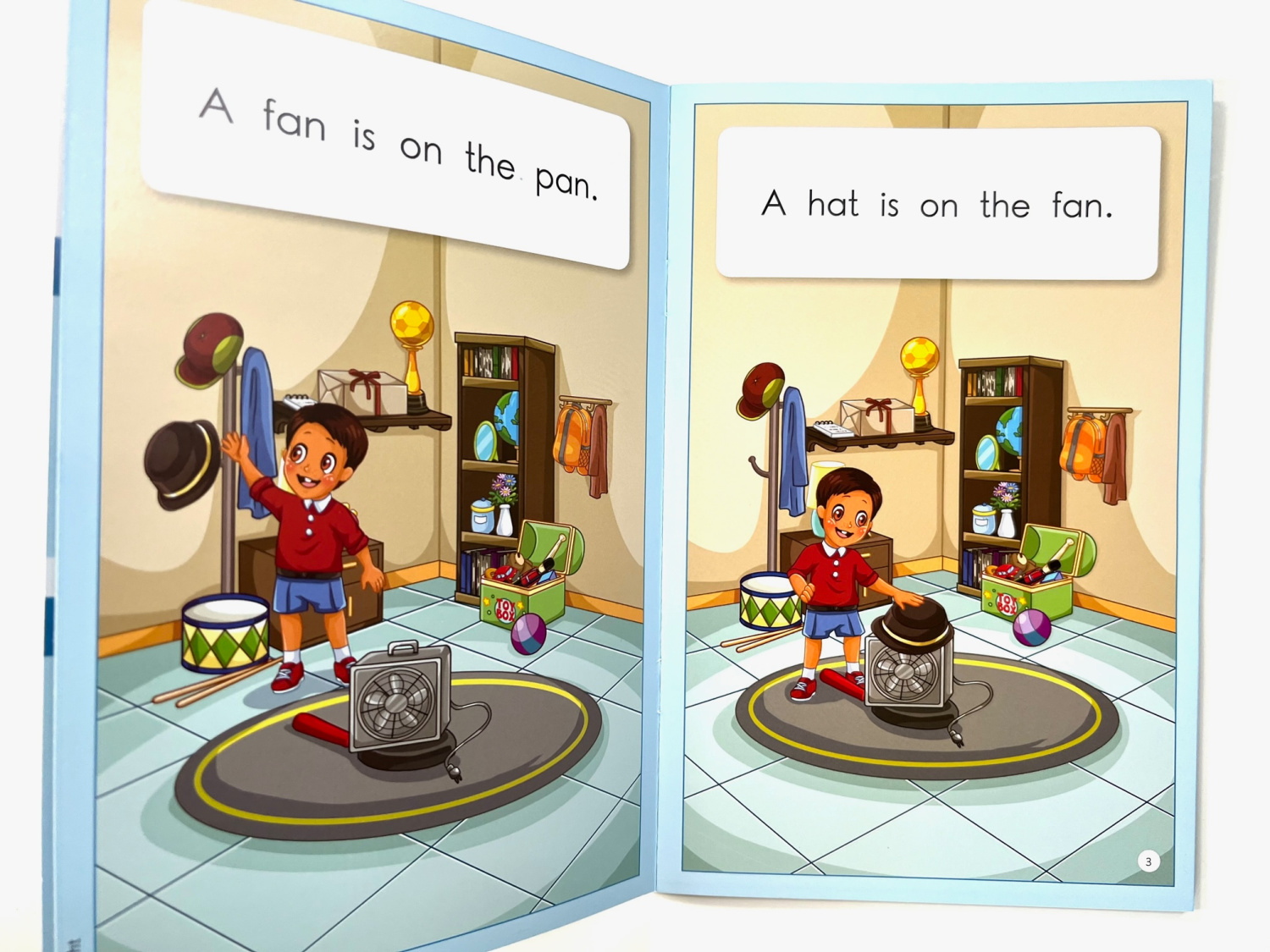
After the story, practice reading the words using the phonics skill and the new sight words. Answer comprehension questions like “Where does the cat like to run?” And use the three pictures to put the story in sequence.
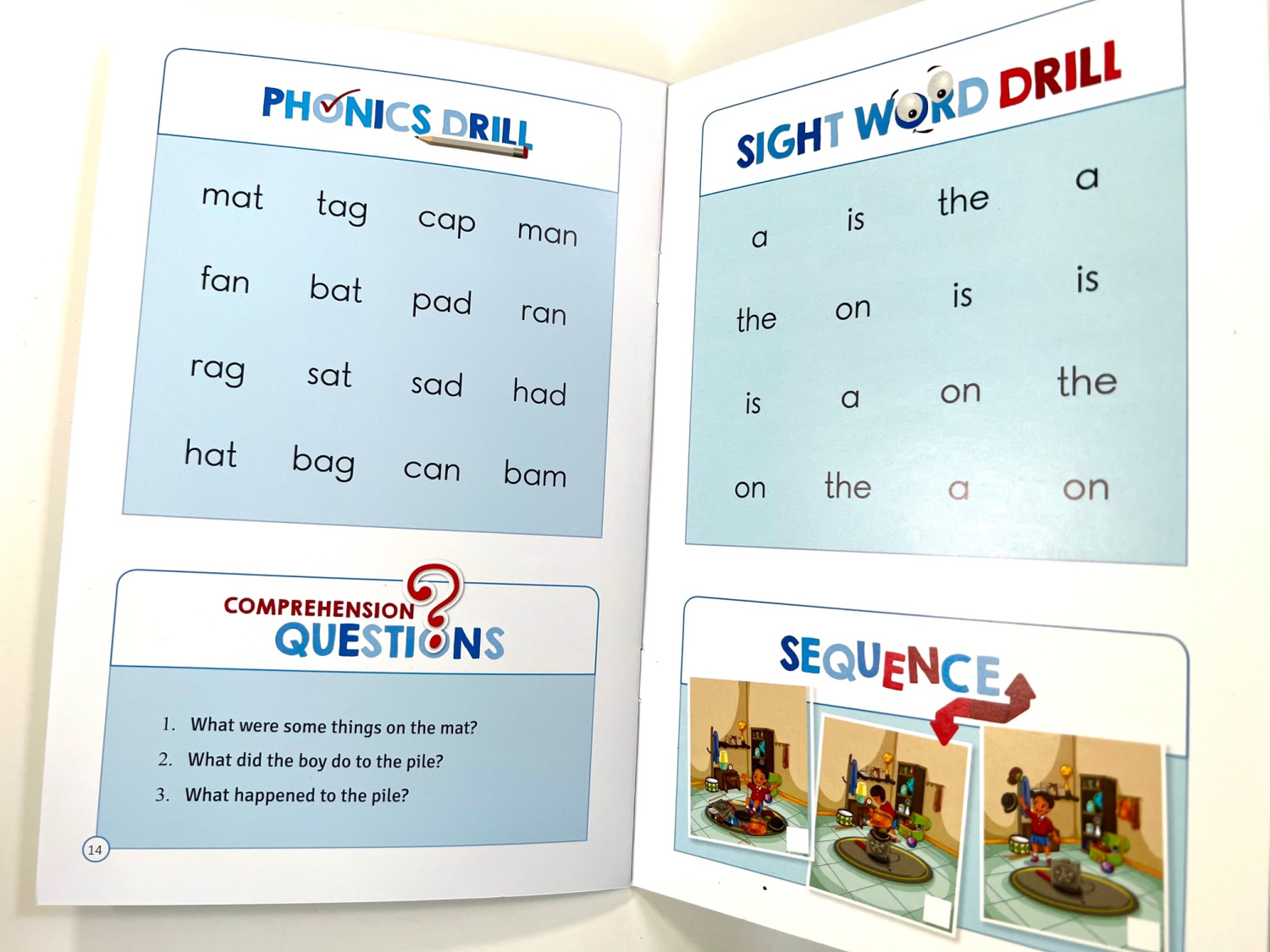
Lastly, the books list the scope and sequence of all the books, and you can buy USBs with songs that relate to the phonics skills.
Light Blue, Set 1: consonants, ff, ll, ss. zz.
Green, Set 2: constant diagraphs.
Purple, Set 3: blends, sticky sounds, twin letters, ing, and ed.
Red, Set 4: long vowel sounds, soft c, soft g, compound words, and a few more rules.
Yellow, Set 5: walking, talking vowels like ee, ai, ie, and y.
Blue, Set 6: ruling r.
Orange, Set 7: more sounds, including oo, ou, ow, and aw.
Other ReadBright! Resources
My Handwriting Book
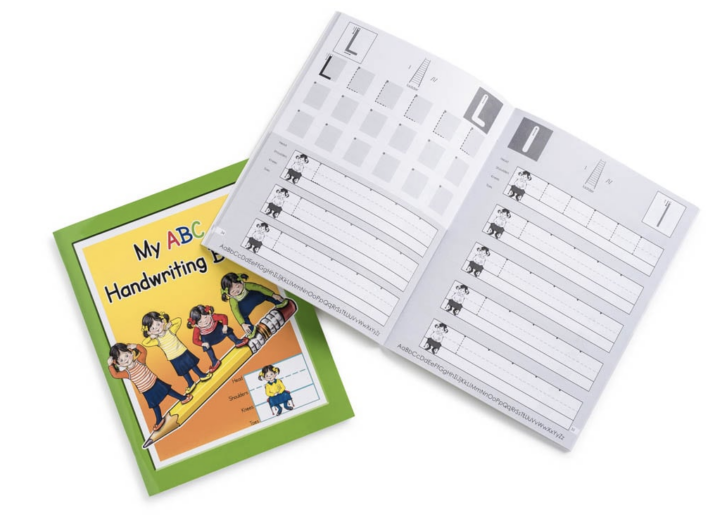
This is a handwriting book with arrows to show kids where to start and in what direction to draw the lines of each letter.
Multisensory ABC Activity Book
Introduce and review the letters and their sounds with a wide array of activities, For example, make letters out of clay, color the capital and lower case letters in different colors, cut and paste pictures starting with the letter, circle pictures that begin with the letter, trace the letter, circle the letters, match the letters, and say the letter name and sounds out loud.
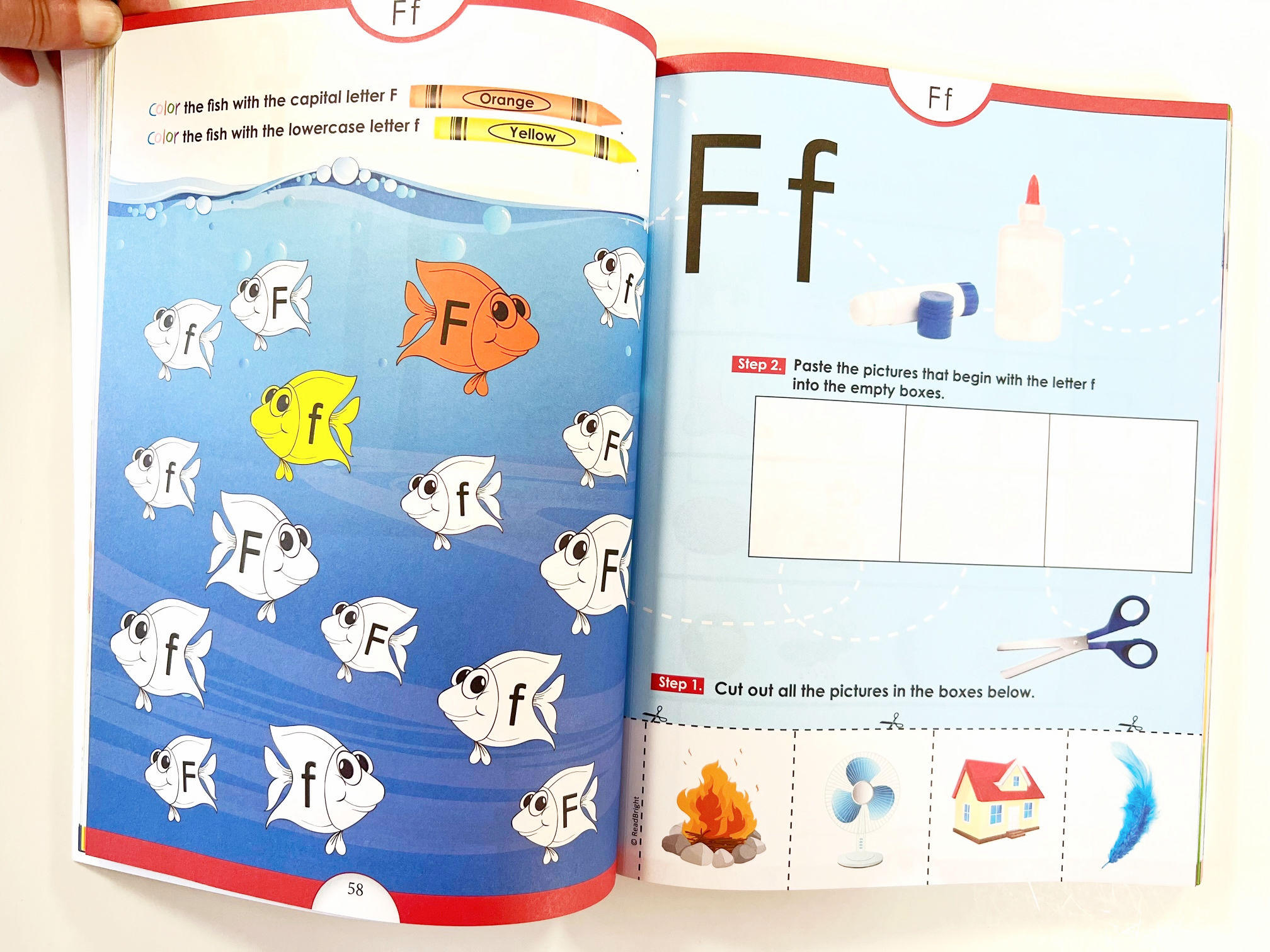
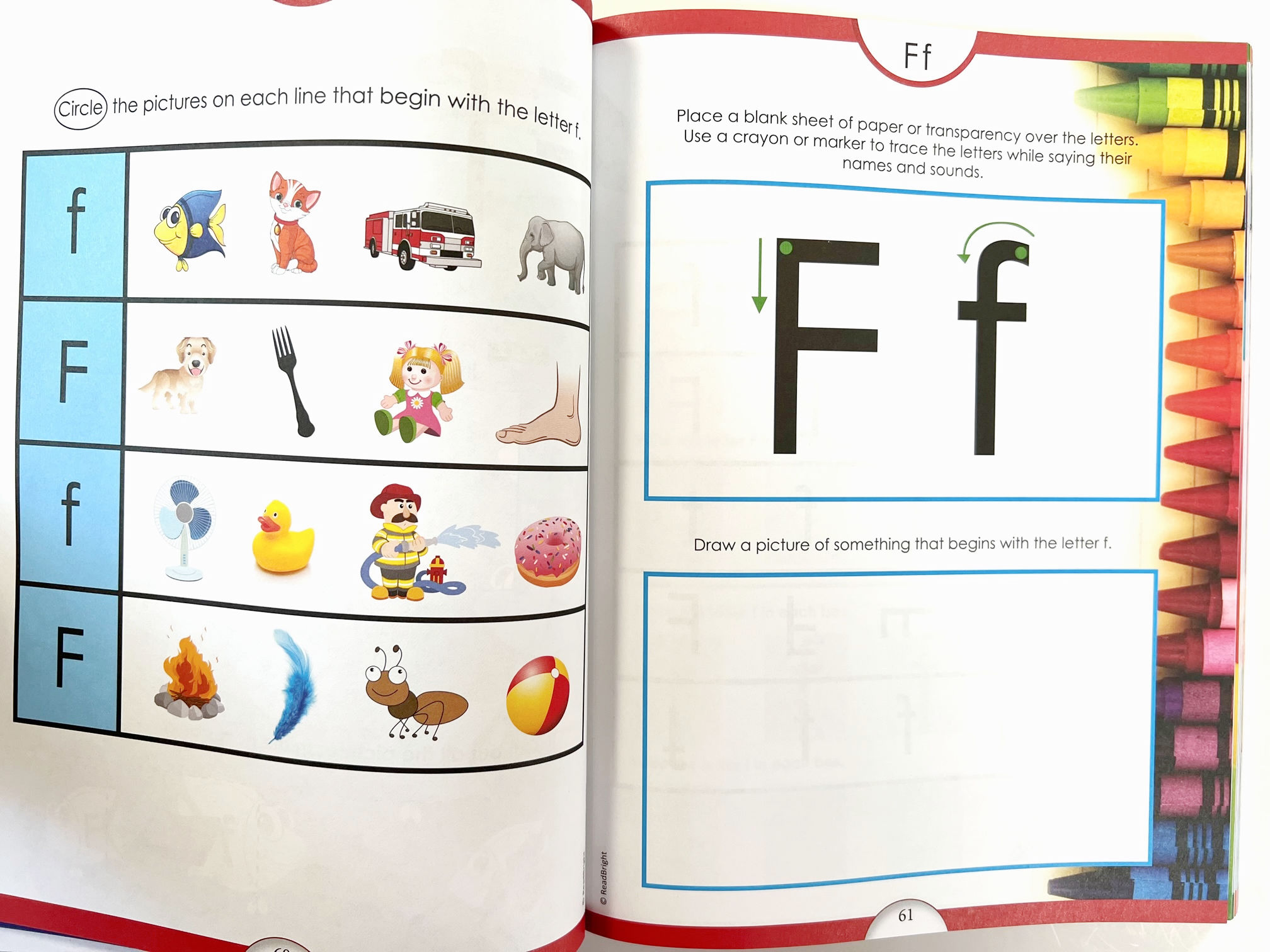
I like that each letter includes a review of all the letters learned previously before you move on to the next letter of the alphabet.
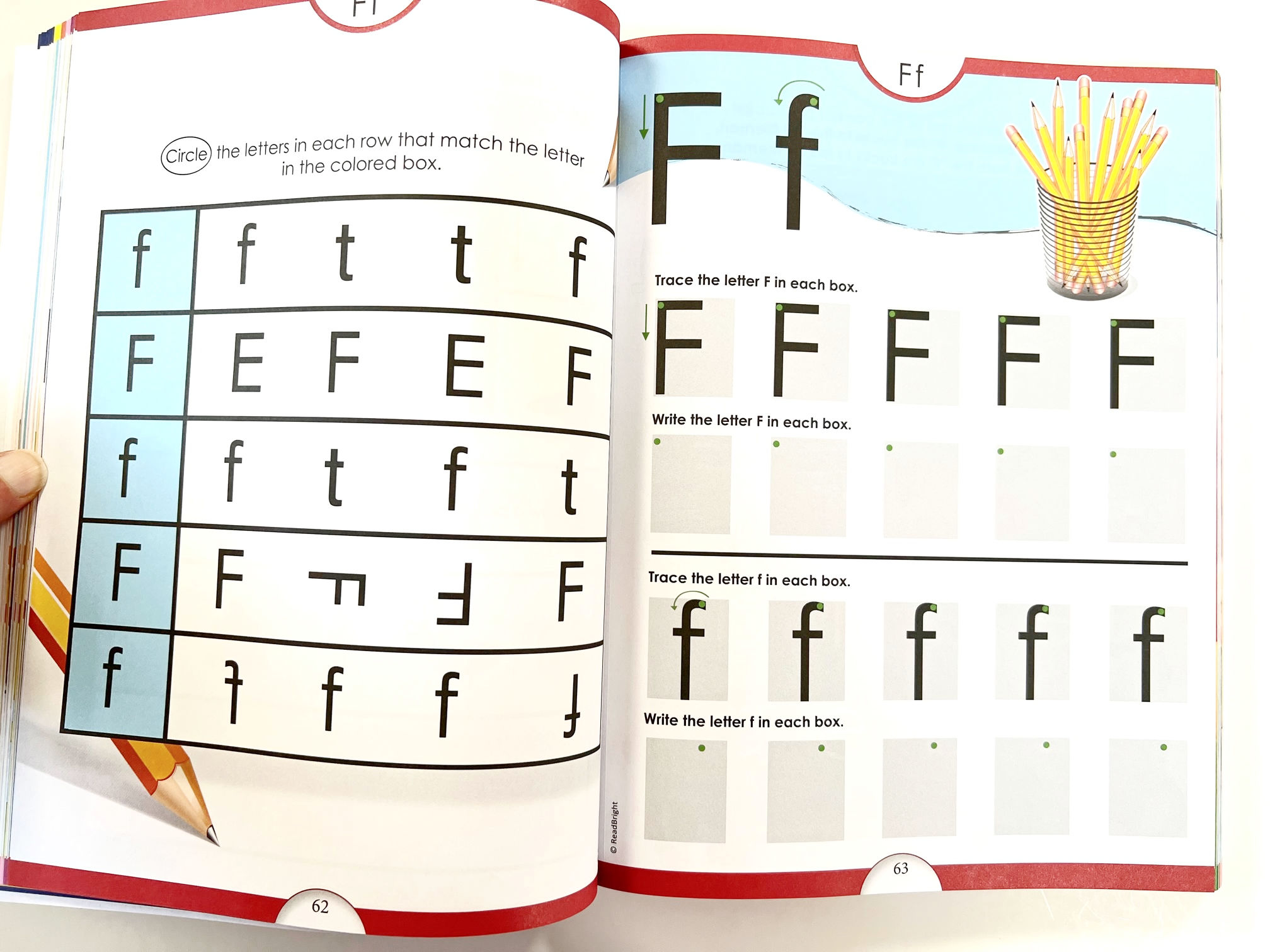
Like all the other books, the ABC book is a colorful, appealing workbook for early readers.
First Grade ABC Blending Workbook ABC Out of Order
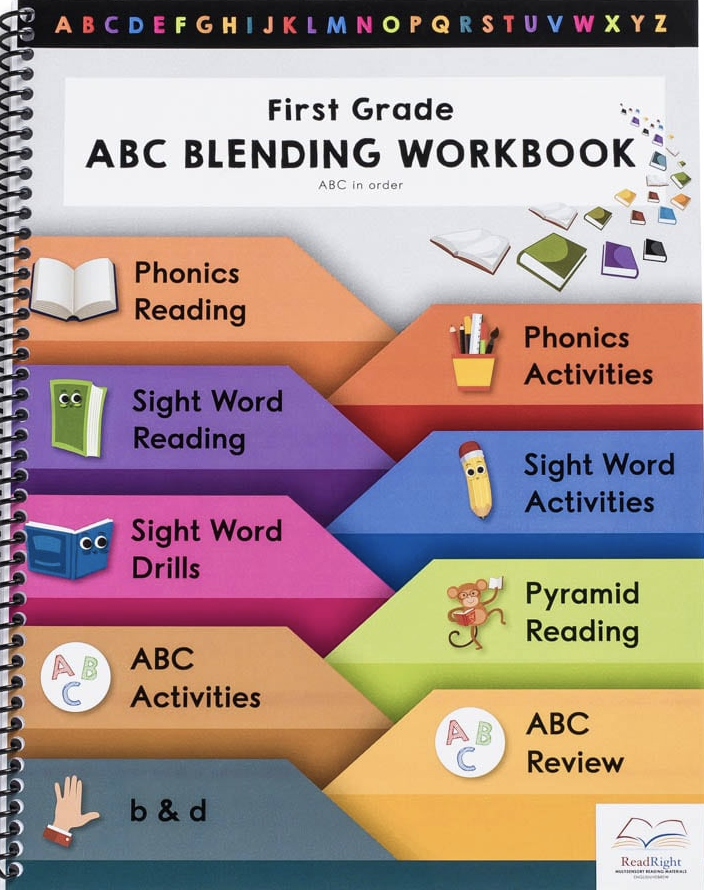
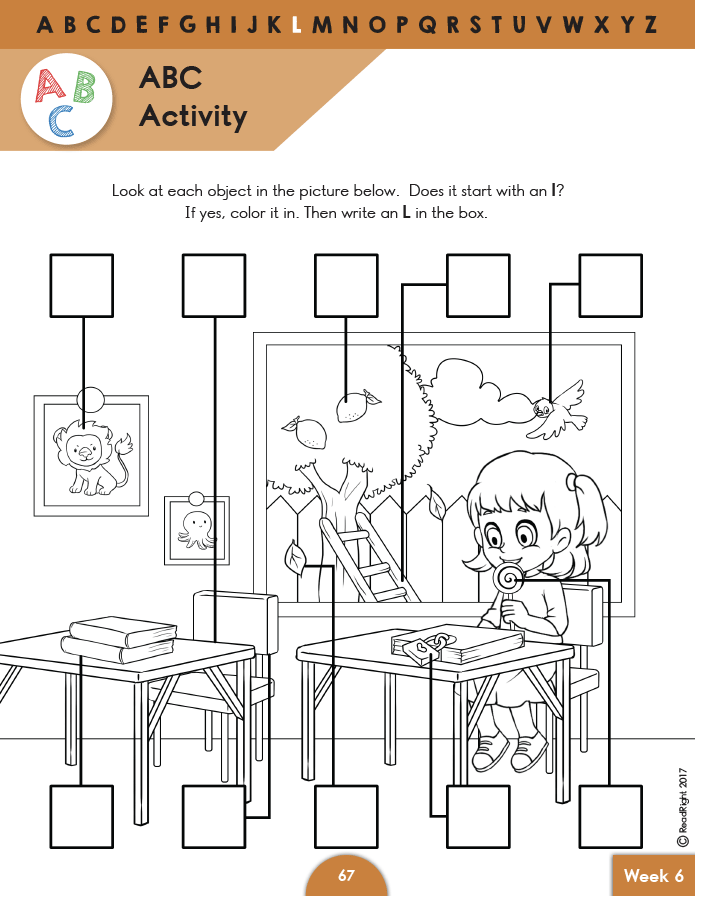
Similar to the ABC book, this activity book gives readers practice and review with consonants and b/d practice, short vowels.
My Reading Fluency Booklet
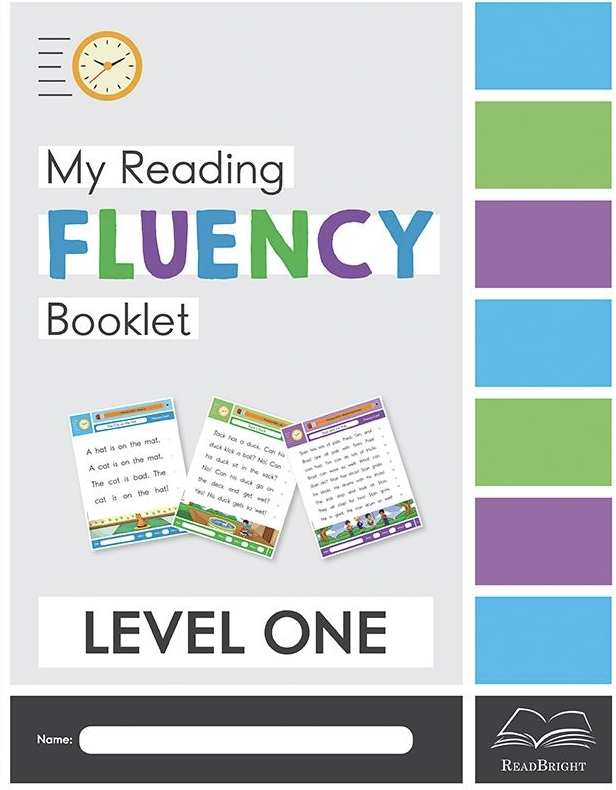

For each phonics skill taught, you can use this to find a fluency passage to promote reading fluency. Read words within sentences and sentences within stories to help apply the lessons learned.
Students are timed when they read the fluency card three times.
Syllable Division Reader
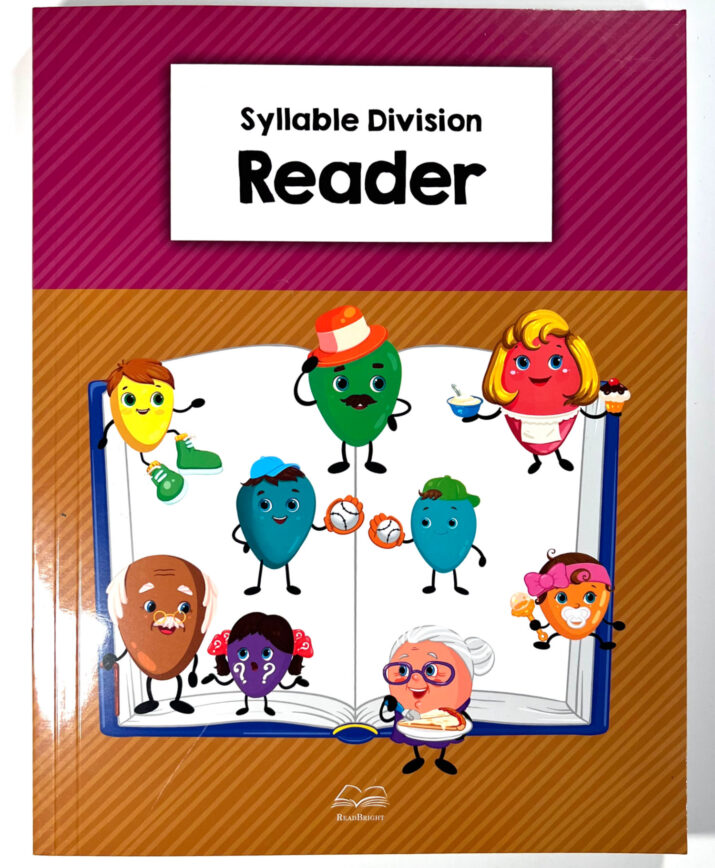

This is a collection of stories that will help children decode multisyllabic words in context. With colorful illustrations, readers practice reading syllable rules, new sounds, and sight words.
Syllable Division Workbook
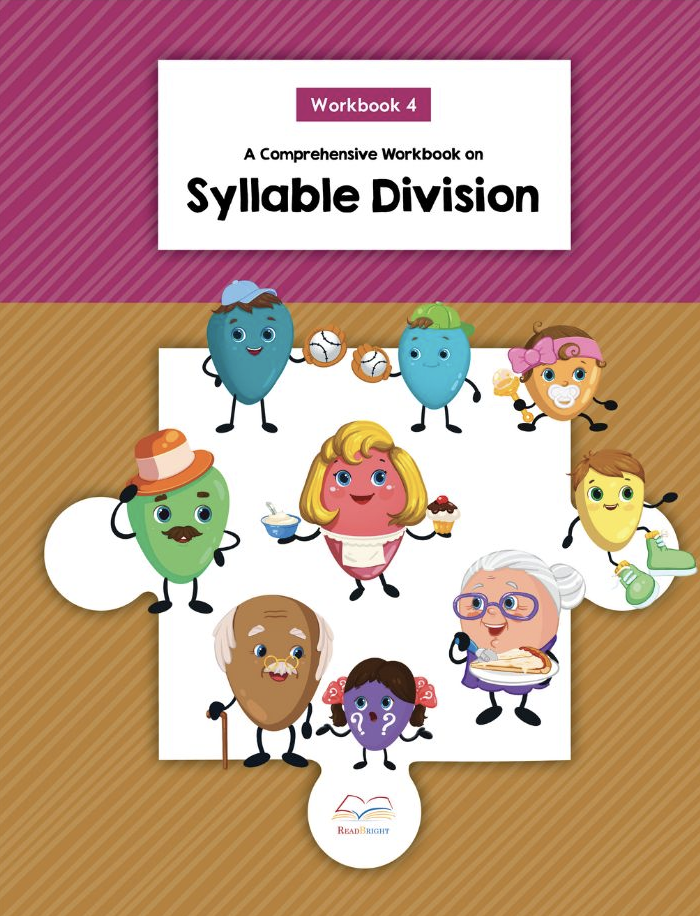
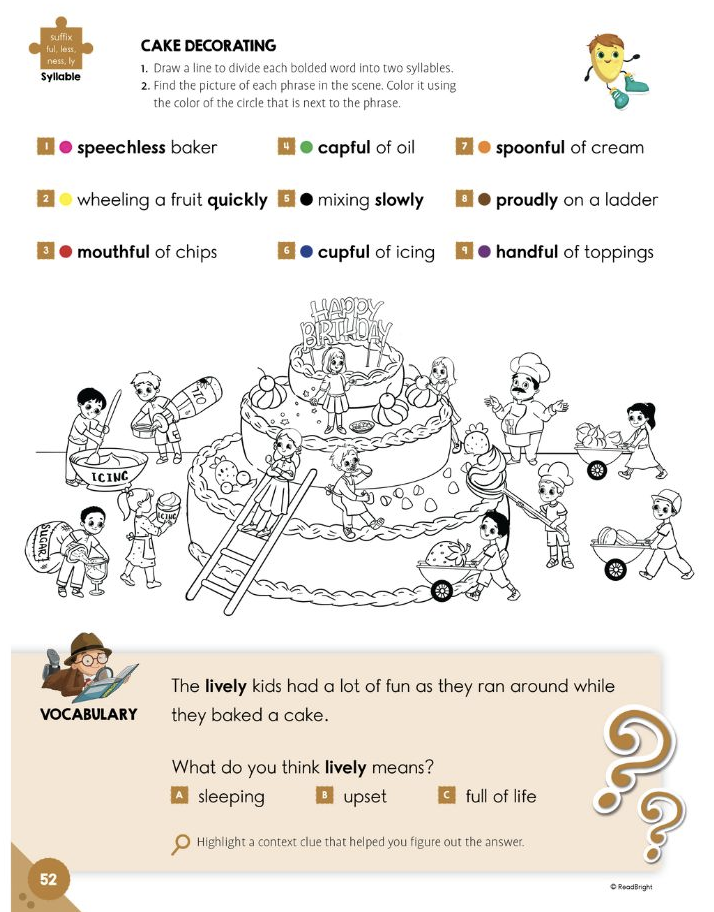
The Syllable Division workbook covers the rules of syllable division so readers can read multisyllabic words.
My Dictation Book
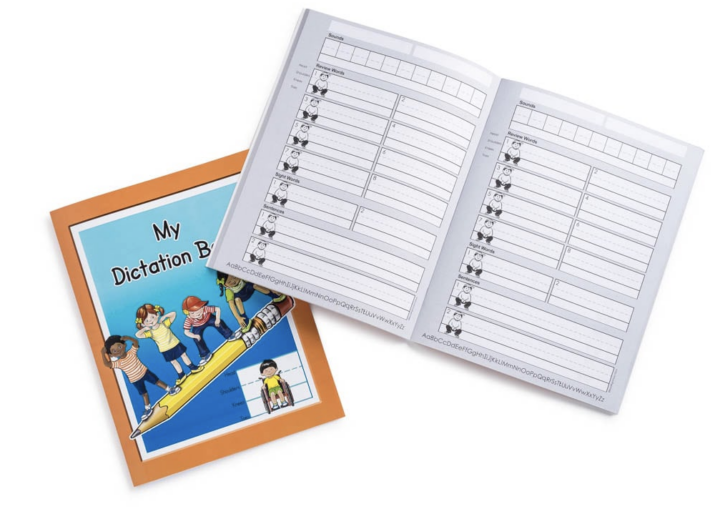
Use this to help kids with phonetic skills, handwriting, and spelling.
In summary…
Are you as impressed as I am? ReadBright! gives us a LOT of ways to help our readers not only learn to read but to be successful as life-long readers with the abundance of high-quality materials that are systematic, cumulative, explicit, multimodal, and data-driven.
If you want more information or are ready to get started, visit the ReadBright! website.
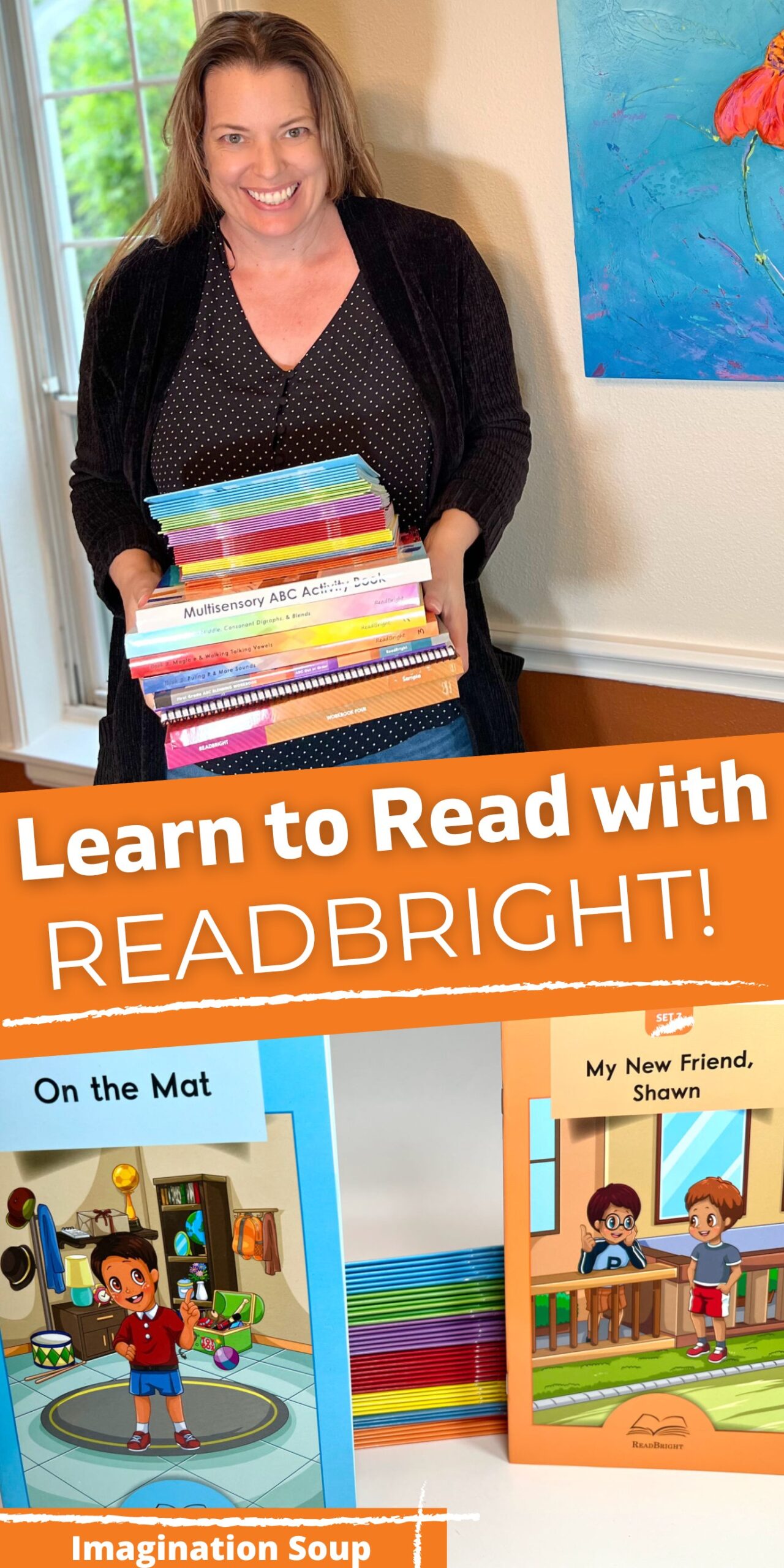
KEEP READING


